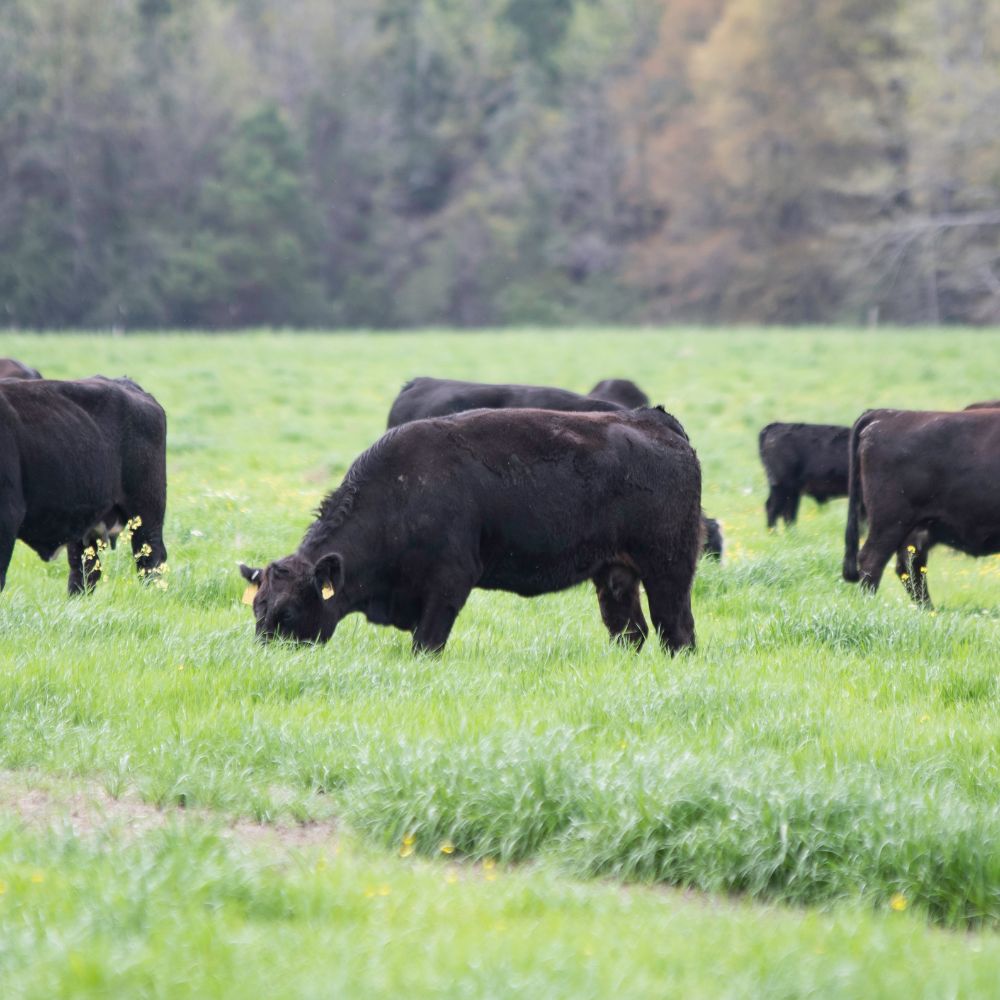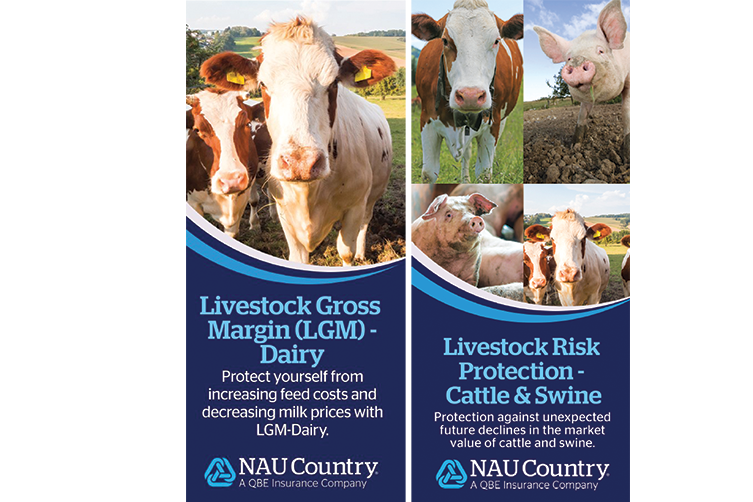Secret Elements to Consider When Deciding On Livestock Risk Security (LRP) Insurance Coverage
When reviewing alternatives for Livestock Danger Defense (LRP) insurance, a number of essential aspects necessitate cautious factor to consider to ensure efficient threat monitoring in the agricultural sector. Selecting the appropriate protection alternatives tailored to your certain livestock operation is critical, as is recognizing just how premium prices correlate with the degree of defense supplied.
Insurance Coverage Options
When taking into consideration Animals Danger Security (LRP) insurance coverage, it is vital to comprehend the different protection options offered to alleviate risks in the agricultural sector. Livestock Risk Defense (LRP) insurance offers various protection alternatives customized to fulfill the diverse demands of animals manufacturers. Bagley Risk Management. One of the key coverage alternatives is rate insurance coverage, which safeguards against a decline in market prices. Producers can choose the protection degree that lines up with their cost danger monitoring goals, allowing them to guard their operations against possible financial losses.
One more crucial coverage choice is the recommendation period, which establishes the size of time the coverage is in effect. Producers can choose the endorsement duration that ideal suits their manufacturing cycle and market conditions. Additionally, coverage levels and prices vary based upon the type of animals being insured, giving manufacturers the adaptability to personalize their insurance coverage plans according to their details requirements.
Comprehending the different insurance coverage alternatives offered under Livestock Risk Security (LRP) insurance coverage is crucial for producers to make informed decisions that properly secure their livestock procedures from market unpredictabilities.
Premium Prices

Animals Danger Defense (LRP) insurance coverage supplies essential coverage options tailored to reduce dangers in the agricultural sector, with a substantial aspect to think about being the computation and framework of premium prices. When identifying premium prices for LRP insurance, a number of elements enter into play. These include the kind and number of animals being insured, the coverage level selected, the present market prices, historical cost information, and the size of the insurance coverage duration. Insurers might also consider the place of the farm, as geographic factors can impact the general threat profile.
Premium prices for LRP insurance policy are normally computed based on actuarial data and risk evaluation designs. Insurance companies analyze historic data on animals costs and production prices to determine a proper costs that reflects the degree of danger involved. It is necessary for animals manufacturers to carefully examine premium expenses and coverage alternatives to ensure they are effectively protected against potential economic losses as a result of damaging market problems or unpredicted occasions. By comprehending just how exceptional prices are computed and structured, manufacturers can make educated choices when picking the ideal LRP insurance coverage for their operation.
Qualified Livestock
The decision of qualified livestock for Livestock Danger Protection (LRP) insurance policy protection includes careful factor to consider of certain criteria and characteristics. Animals kinds that are typically eligible for LRP insurance coverage consist of feeder cattle, fed swine, lambs, and livestock. These pets should fulfill specific qualifications connected to weight ranges, age, and planned usage. Additionally, the qualification of animals may differ based upon the specific insurance supplier and the regards to the policy.
Feeder livestock, for example, are generally qualified for LRP protection if they fall within defined weight arrays. Fed cattle may additionally be qualified, however they need to satisfy certain weight and quality grade needs. Swine eligible for protection normally include market weight animals planned for slaughter. Lambs are an additional group of livestock that can be taken into consideration for LRP insurance coverage, with variables such as weight and age playing a vital role in establishing their qualification.
Before choosing LRP insurance for animals, manufacturers should thoroughly evaluate the eligibility requirements described by the insurance policy copyright to guarantee their pets fulfill the required needs for coverage.
Policy Versatility
Plan adaptability in Animals Threat Protection (LRP) insurance coverage allows producers to customize insurance coverage to fit their certain demands and risk management methods. This adaptability equips animals producers to customize their insurance policy plans based on aspects such as the type of view publisher site livestock they possess, market problems, and specific risk resistance levels. By providing adjustable choices, LRP insurance allows manufacturers to successfully manage their danger direct exposure while guarding their livestock operations versus unexpected market volatility.
Cases Process
Upon experiencing a loss or damages, producers can launch the cases procedure for their Livestock Threat Defense (LRP) insurance by quickly calling their insurance supplier. It is important for producers to report the loss as soon as possible to expedite the claims process. When connecting to the insurance policy supplier, manufacturers will certainly require to supply in-depth info regarding the incident, consisting of the date, nature of the loss, and any type of appropriate paperwork such as veterinary documents or market costs.

After the analysis is complete, the insurance coverage company will choose pertaining to the insurance claim and connect the result to the producer. If the case is approved, the producer will certainly receive settlement according to the regards to their Animals Risk Security (LRP) insurance policy. Bagley Risk Management. It is vital for producers to be knowledgeable about the cases process to make certain a smooth experience in case of a loss

Verdict
Finally, when picking Animals Threat Defense (LRP) insurance coverage, it is necessary to think about coverage choices, premium costs, eligible livestock, plan versatility, and the cases process. These key variables will assist ensure that breeders and farmers are effectively protected versus potential dangers and losses connected with their animals procedures. Making a notified decision based upon these considerations can ultimately result in much better monetary protection and assurance for livestock producers.
Livestock get redirected here Risk Protection (LRP) insurance policy provides different coverage options tailored to satisfy the diverse demands of livestock manufacturers.The resolution of eligible livestock for Livestock Threat Security (LRP) insurance policy protection involves mindful consideration of certain criteria and characteristics.Policy adaptability in Animals Risk Security (LRP) insurance coverage permits producers to tailor insurance coverage to suit their particular needs and run the risk of monitoring strategies.Upon experiencing a loss or damage, manufacturers can initiate the insurance claims process for their Livestock Danger Defense (LRP) insurance policy by without delay contacting their insurance coverage supplier.In conclusion, when picking Animals Threat Security (LRP) insurance coverage, it is essential to take into consideration insurance coverage alternatives, premium expenses, qualified livestock, policy flexibility, and the cases process.